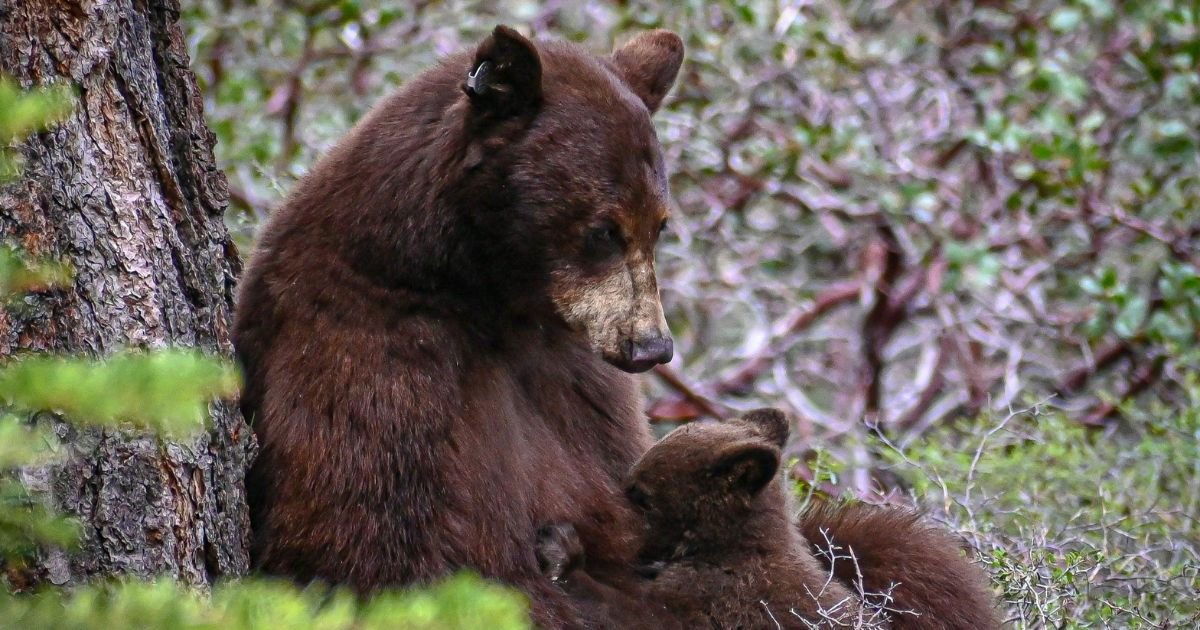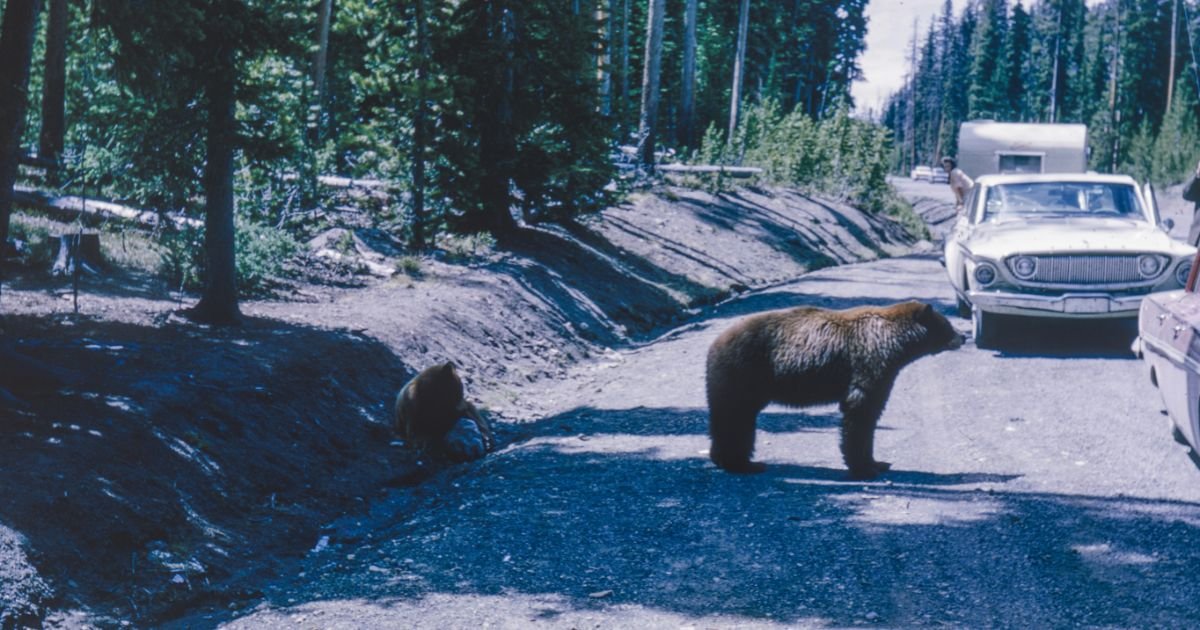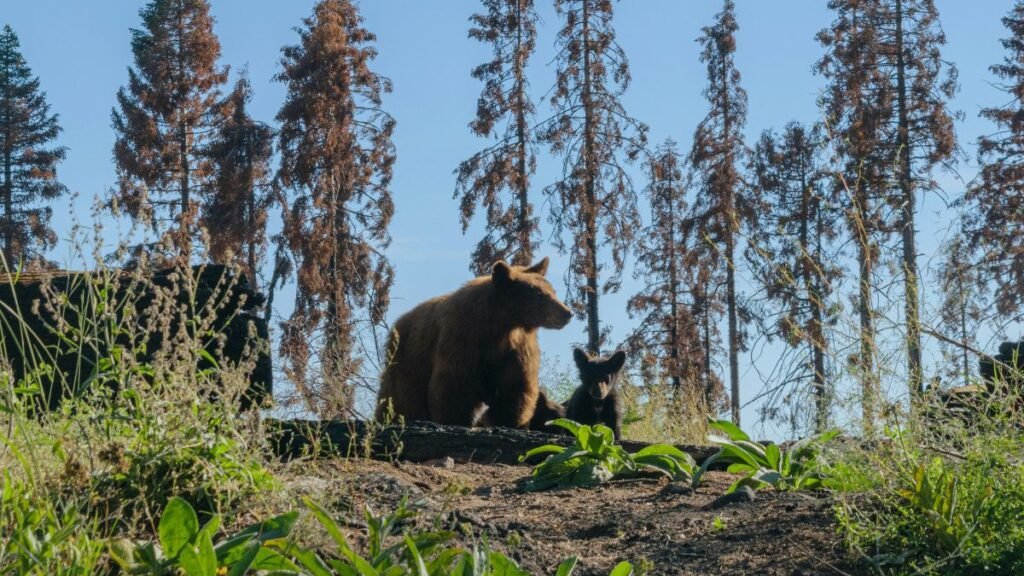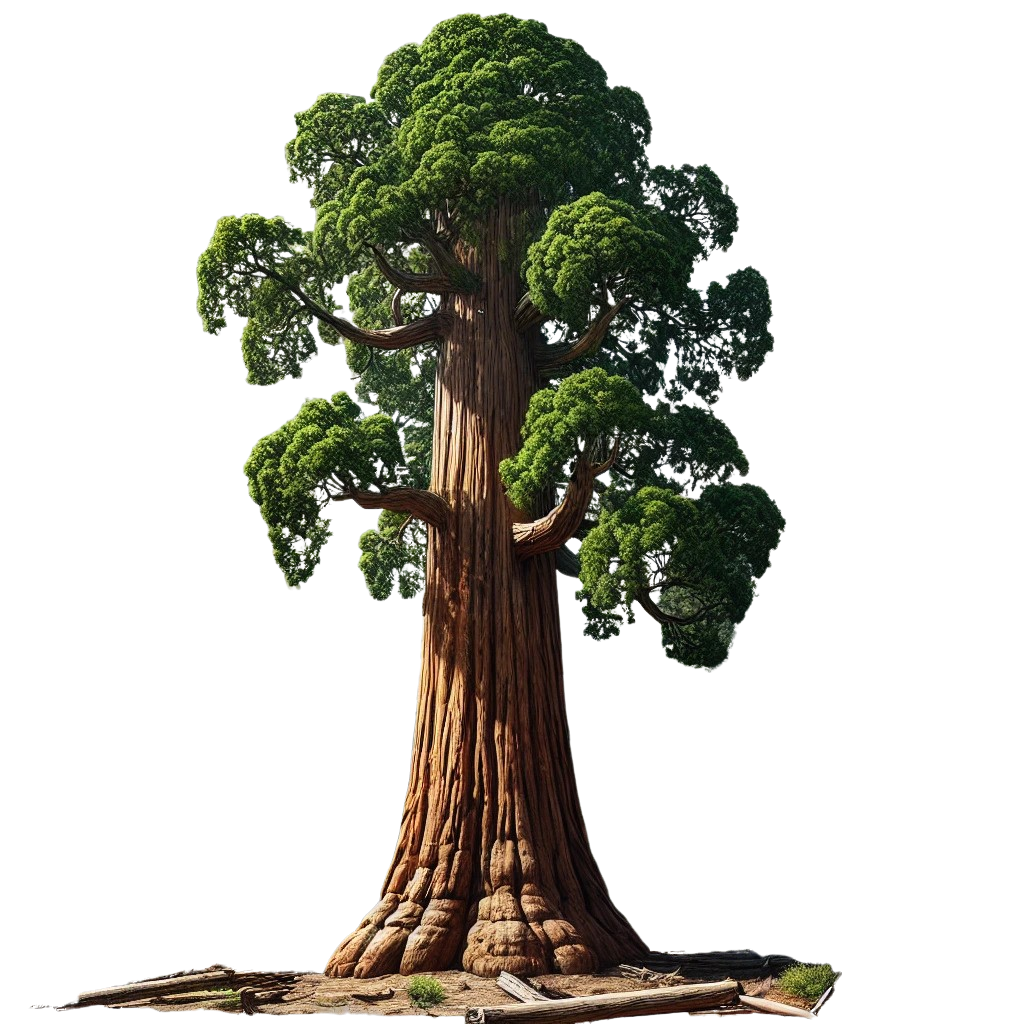Seeing a wild bear while standing among the giant sequoias of California’s Sierra Nevada is a moment you’ll never forget. It feels exciting, powerful, and real. But remember, this isn’t a zoo. This land belongs to the bears. Knowing how to spot bears safely in Sequoia can help turn your visit into something truly special.
This blog gives you everything you need to stay safe, follow the rules, and enjoy the experience. Don’t skip it, missing these tips could lead to trouble or missed chances to see wildlife.
What Kind of Bears Are Found in Sequoia National Park?

Let’s bust a myth first: there are no grizzly bears here. The only bears in Sequoia are American black bears (Ursus americanus). Despite the name, black bears can be brown, cinnamon, blonde, or even reddish. Their color isn’t a reliable way to identify them, so don’t judge a bear by its fur.
These bears are smaller than grizzlies, typically weighing between 100 to 350 pounds, though large males can go over 400 pounds. They are excellent climbers, surprisingly fast runners (up to 30 mph), and super smart, especially when it comes to food.
Prime Spots for Bear Sightings
To see bears in Sequoia, visit places where they usually find food. They stay active near green meadows, berry-filled bushes, and calm forest edges. Spring and fall are the best times, as bears move around more during these seasons.
- Giant Forest: This iconic area is one of the best places to spot bears. The surroundings near Lodgepole Pine and Crescent Meadow are rich in berries, insects, and decaying logs, making them natural bear magnets.
- Mineral King Valley: Remote and wild, this valley is a bear haven. Its meadows and dense tree cover give bears plenty of space to roam and forage without much human disturbance.
- Roosevelt Creek Trail: With its combination of water sources, shade, and food, this trail offers a higher chance of bear sightings, especially during the quieter parts of the day.
- Wuksachi Lodge: Sitting at an elevation of 7,200 feet, this lodge gives visitors a cozy front-row seat to bear activity. Bears often wander nearby, especially during early mornings and late evenings.
How to Spot Bears Without Attracting Them
Seeing a bear should always be a safe, distant encounter. Follow these golden rules:
- Keep a safe distance: At least 100 yards. Use binoculars or a zoom lens.
- Stay calm and quiet: Loud noises can either scare a bear or make it curious.
- Avoid hiking alone: Groups make more noise and are less likely to surprise a bear.
- Watch for fresh signs: Bear tracks, scat (poop), claw marks on trees, or upturned logs often mean one is nearby.
A bear seen casually foraging or walking away is ideal. Never approach for a better photo. That Instagram moment isn’t worth a park fine or a bear encounter gone wrong.
Park Rules to Remember About Bears
Sequoia National Park takes bear safety seriously, and rangers will fine visitors who violate food storage rules. Fines can go up to $5,000, and even lead to eviction from campgrounds.
So don’t be that person who ruins it for everyone. Follow the posted signs, use bear boxes, and clean up properly.
Safety Tips for Bear Encounters

Seeing a bear in the wild is exciting, but staying safe should always come first. Black bears in Sequoia usually avoid people, but they can get bold if they find food nearby. Follow these simple tips to keep your bear encounter safe and memorable:
- Keep Your Distance: Always stay at least 50 yards away. Use binoculars or a camera with zoom to enjoy the view without getting close.
- Make Noise While Hiking: Talk, clap, or sing along the trail. This helps let bears know you’re coming, so you don’t surprise them.
- Stay Together: Hike in a group when possible. Stay close and keep children or pets nearby. Never walk between a mother bear and her cubs.
- Never Run: Running can cause a bear to chase. If one walks toward you, slowly back away, raise your arms to look bigger, and speak in a firm voice to scare it off.
- Fight Back Only If Attacked: Black bears can be scared away. If one attacks, don’t play dead. Use sticks, rocks, or anything nearby to defend yourself. Bear attacks are very rare here, only six cases since 1890, and the last one was in 2004.
One Important Rule: Bear spray is not allowed in Sequoia National Park. Loud sounds and confident behavior are usually enough to stop a bear from coming closer. For the latest safety tips, always check with park rangers before heading out.
Following these steps helps protect both you and the bears, making your visit to Sequoia safer and more enjoyable.
Safety Tips When Camping in Bear Country
Most issues with bears in Sequoia come down to one thing, food. Black bears have an incredible sense of smell and are always on the lookout for snacks.
Here’s how to camp safely:
- Use bear-proof food lockers: Every campsite has them. Store all food, toothpaste, soap, and trash.
- Never leave food in your car: Bears can break windows and bend doors to get to food.
- Cook and clean at a distance: Keep cooking and food cleanup at least 100 feet away from your tent.
- Hang trash, or better yet, pack it out: Never leave trash behind.
Breaking any of these rules can lead to a bear becoming “food-conditioned,” which sadly often ends with the bear being euthanized.
Are Bears Dangerous in Sequoia?

Bears in Sequoia are usually not aggressive toward people. They may act aggressively if surprised, protecting their young, or if they’ve learned to look for food near humans.
The chance of getting hurt by a bear in Sequoia is very low. Most visitors never even spot one. When problems do happen, food is almost always the reason.
A Final Word
Spotting bears in Sequoia can easily become the highlight of your entire trip. But it’s not just about the moment, it’s about respect, safety, and understanding the delicate balance that keeps these incredible animals thriving.
This blog isn’t just a list of rules. It’s your personal guide to stepping into bear country with confidence, curiosity, and care.
Bookmark this guide now so you can revisit these safety tips when you’re planning your Sequoia trip. And if you’ve had a bear encounter or plan to go bear spotting soon, drop a comment below. Let’s share the wild stories together!

